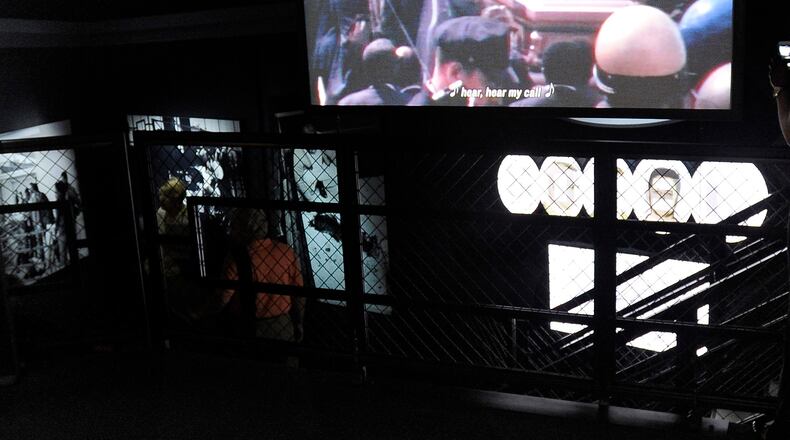The Atlanta Civil Rights museum gallery on the American Civil Rights movement was designed by George C. Wolfe, a Tony Award-winning playwright and director, best-known for directing "Bring in 'da Noise/ Bring in 'da Funk" and "Angels in America — Millennium Approaches."
This is his first museum — not including the fictional attraction in his 1986 play "The Colored Museum." As might be expected, he has created a theatrical experience.
Visitors through a series of what Wolfe calls “portals,” or defining moments, such as the Brown v. Board of Education decision, a life-size re-creation of a Freedom Rider bus, covered with portraits of actual Freedom Riders and a dramatic, interactive depiction of protests at a segregated lunch counter.
About the Author
Keep Reading
The Latest
Featured



